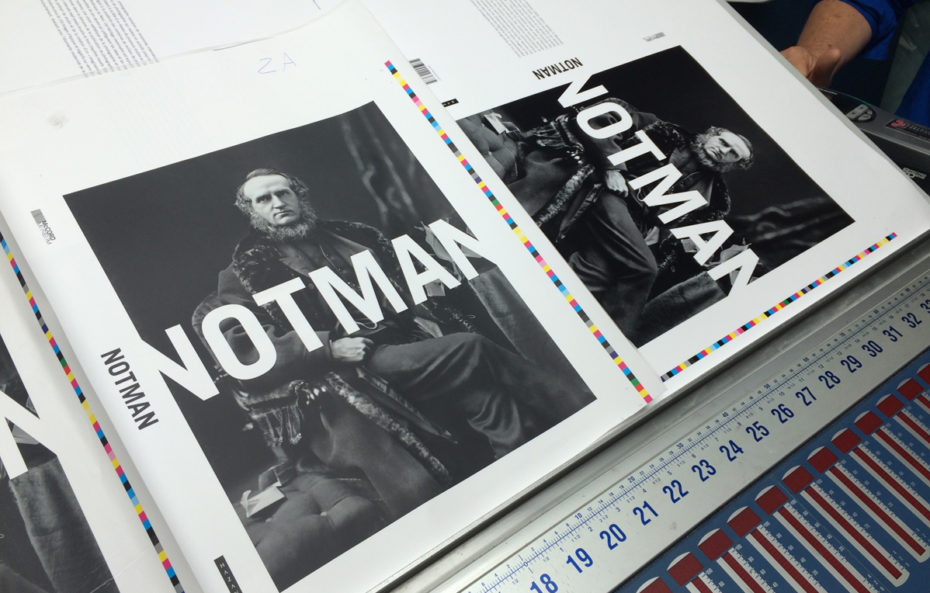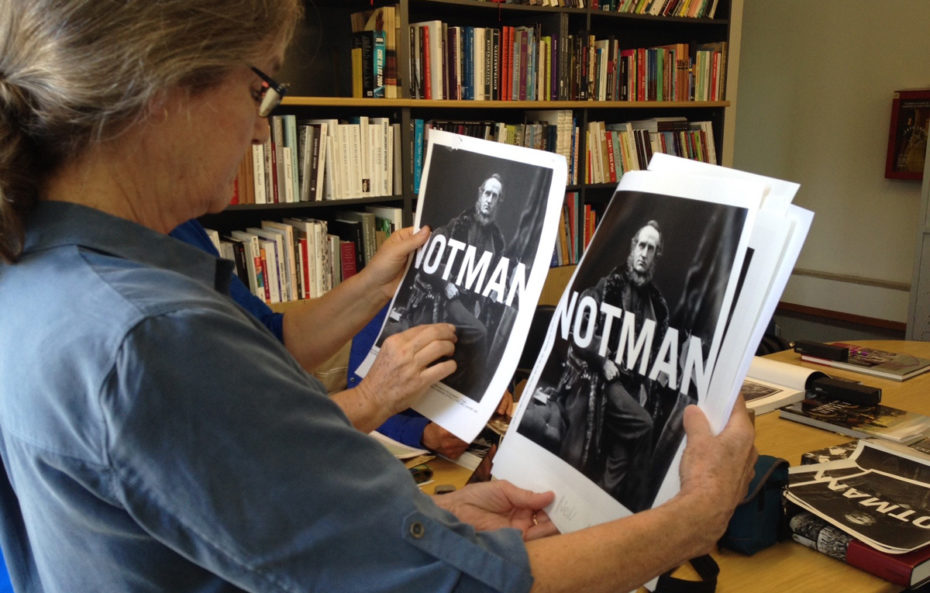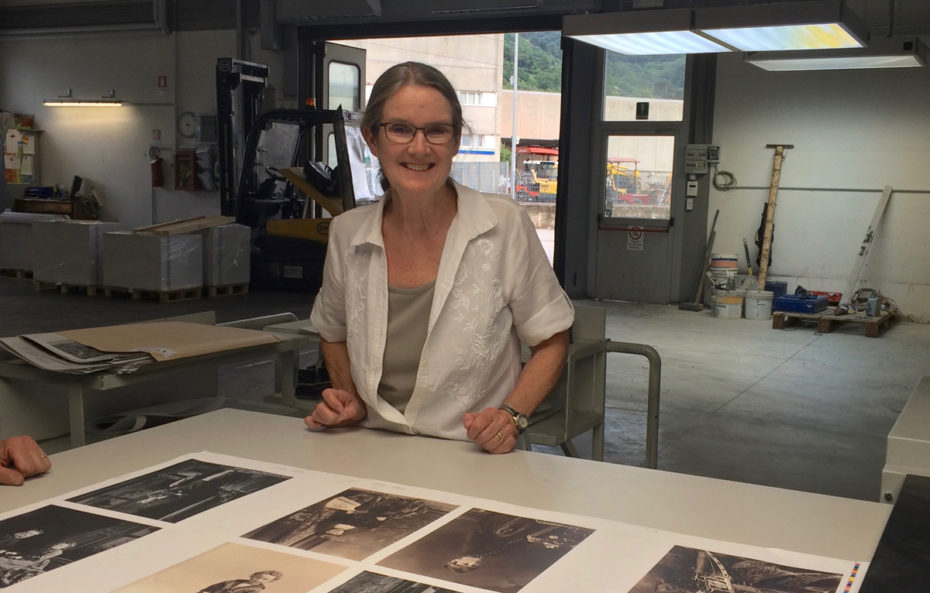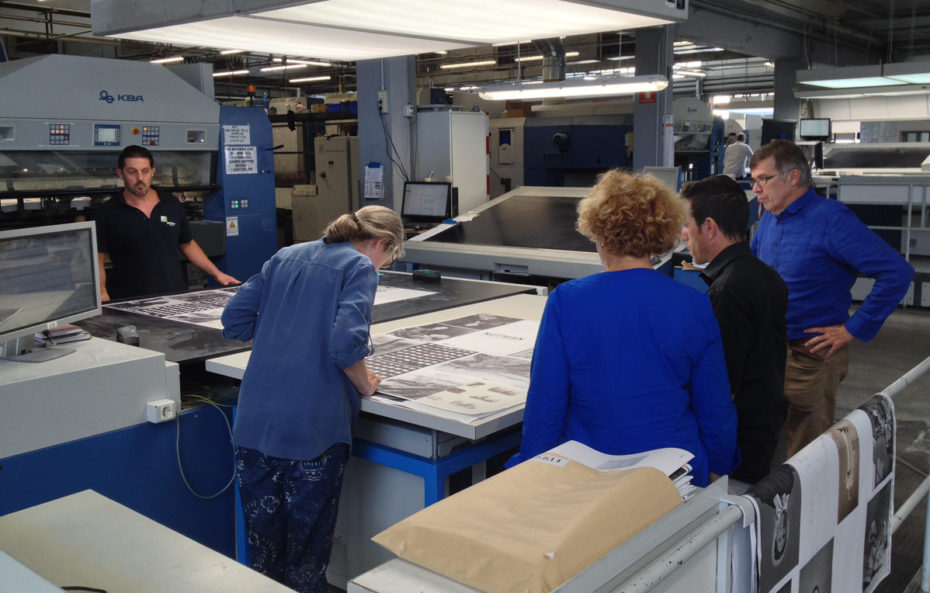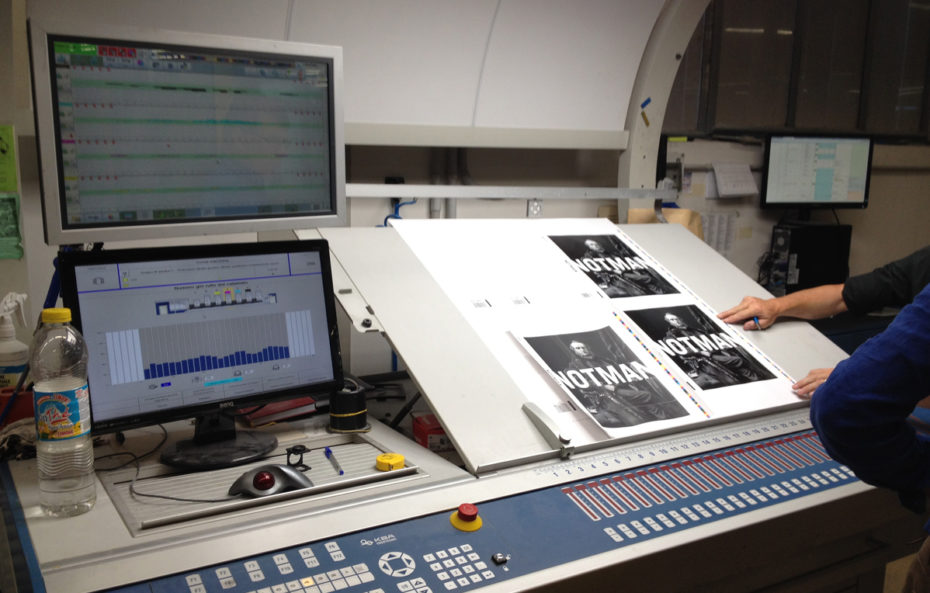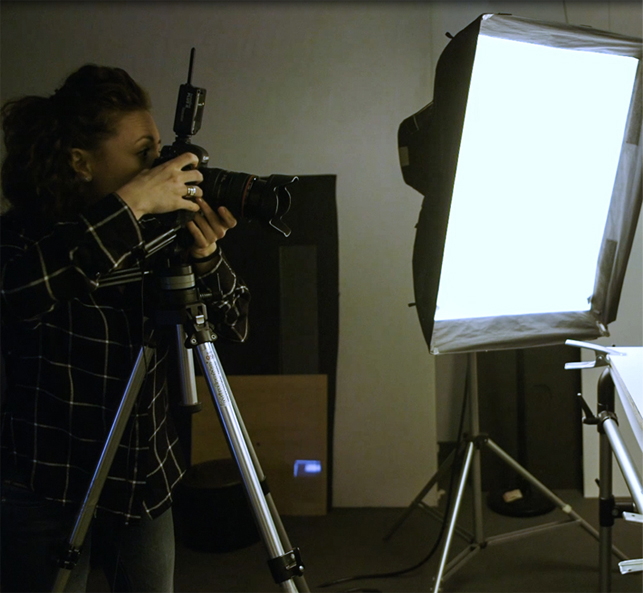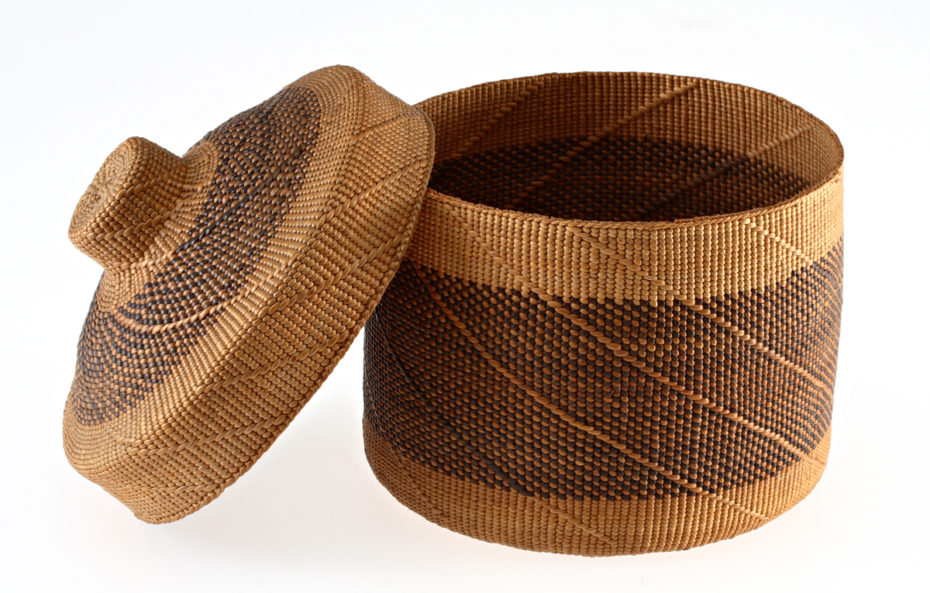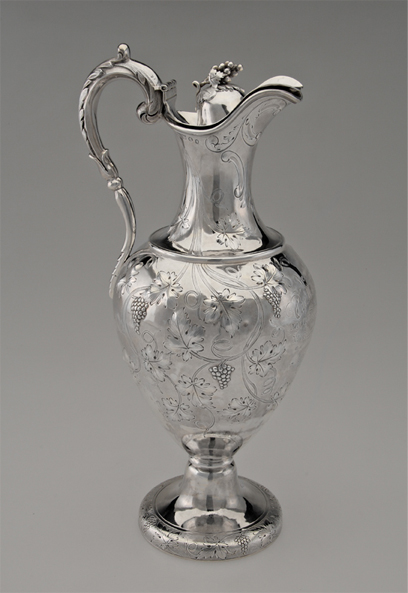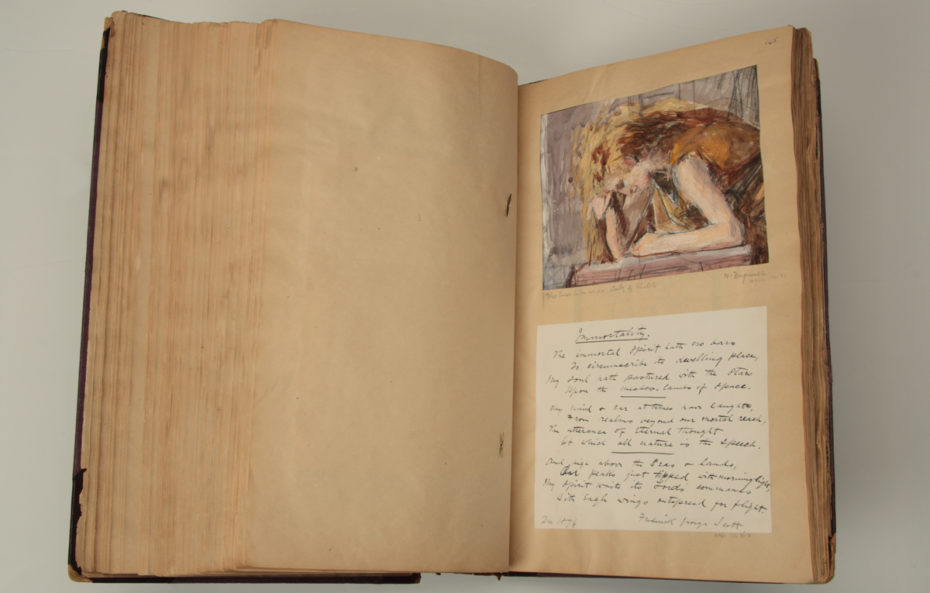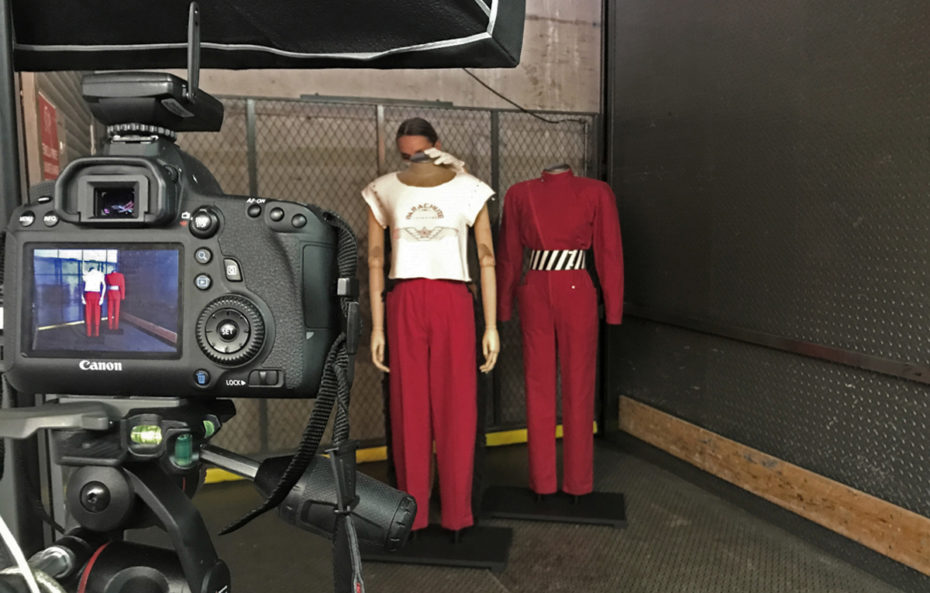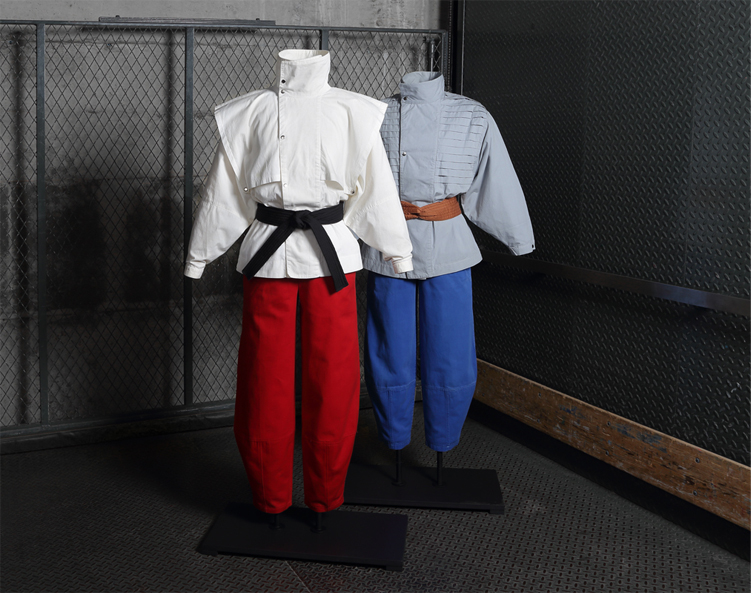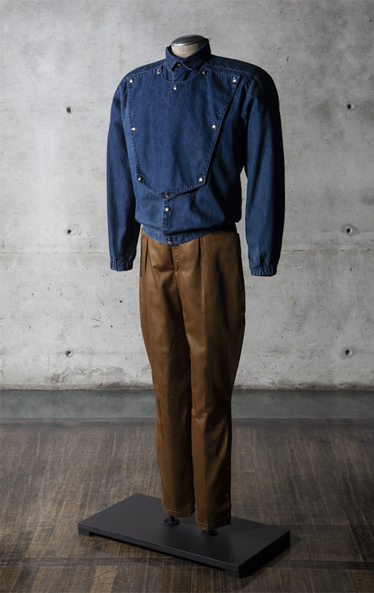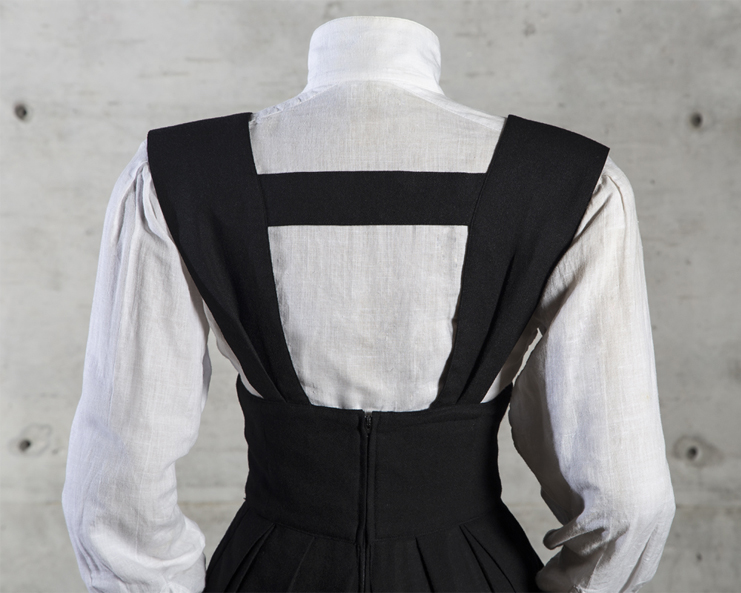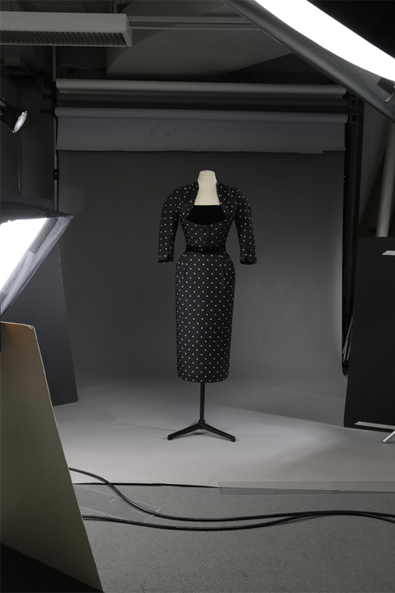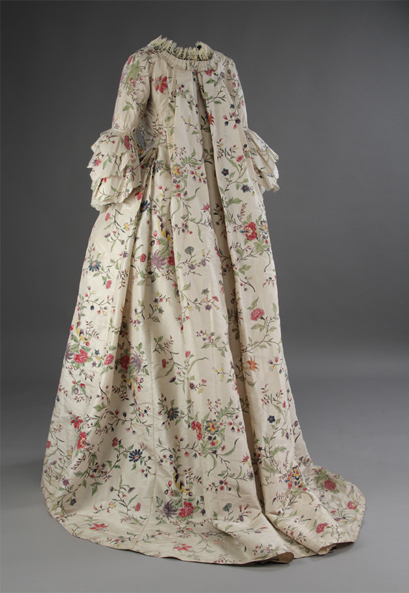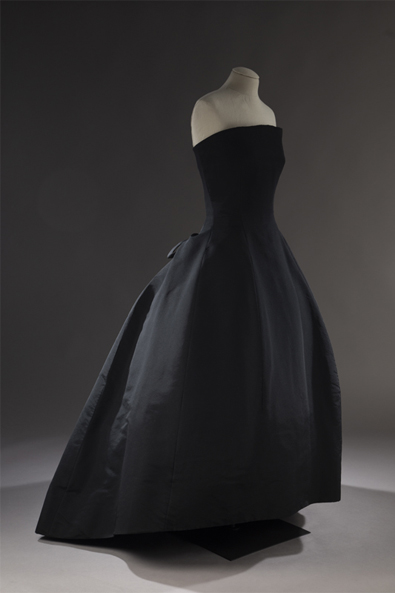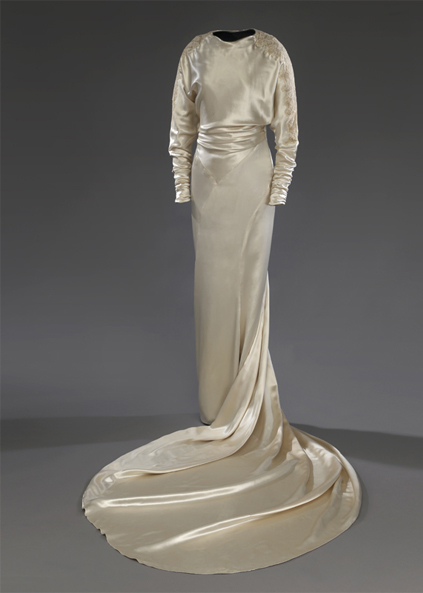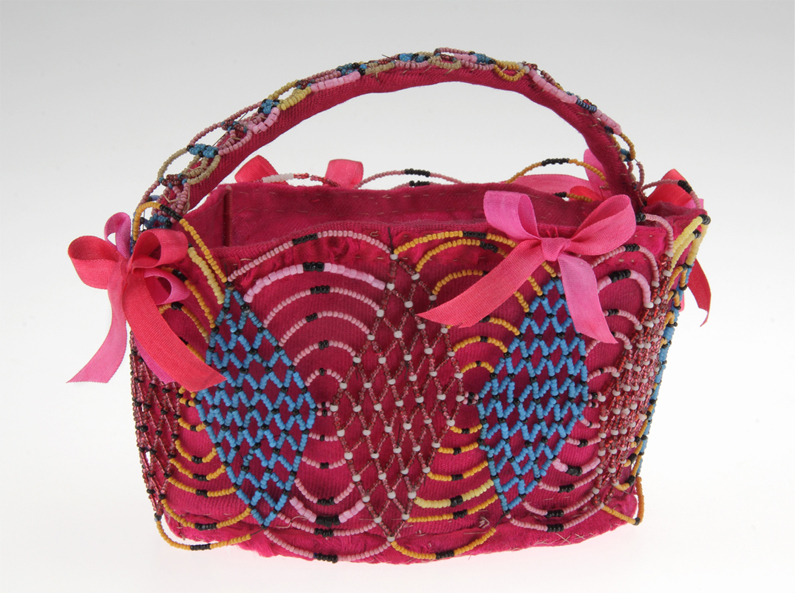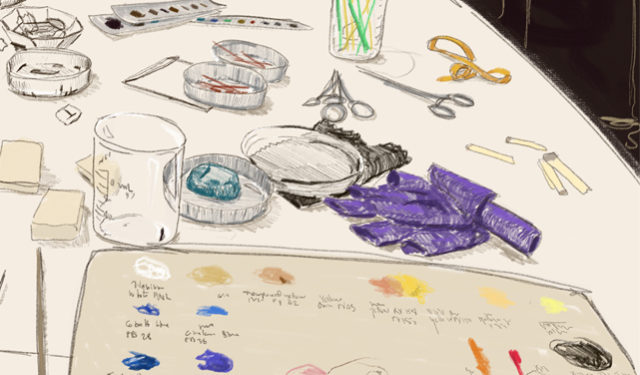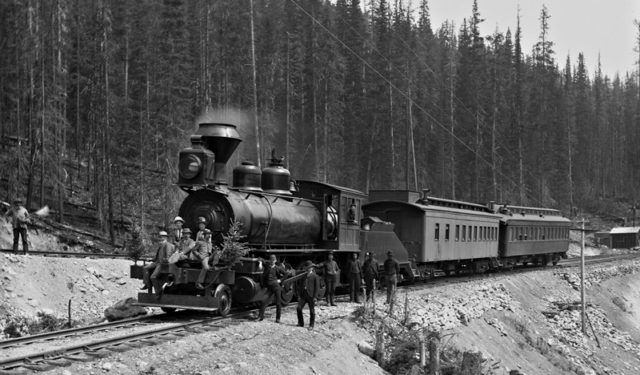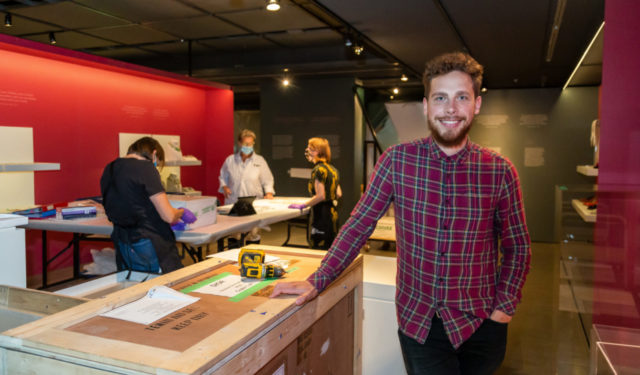The Work of a McCord Photographer: Bringing the Collection to Life
Discover the many facets of the photography profession as practised at the McCord Museum.
March 8, 2021
It was a cool morning in the Italian Alps. The mountaintops were aglow with the sun’s rays as the valley fog dissipated into the Adige River.
At that very moment, Marilyn Aitken, the McCord Museum’s photographer, was entering the Printer Trento printing plant. As she opened the door, she could hear the din of the presses. The printing had already begun. An employee handed Marilyn the first prints of the cover for the comprehensive book devoted to the work of photographer William Notman.
I immediately said to myself, “There isn’t enough contrast, it’s too uniform.” I imagined going back to Montreal and putting the book with this cover on Suzanne’s desk and I knew the CEO would not be happy. It had to be a book that would stand out in a bookstore window—it had to be eye-catching. I said, “It’s not good, stop the press.”
Marilyn laughs as she tells the story, holding the magnificent book in question. She has worked as the McCord Museum’s photographer for over 30 years. Four years ago, photographer Laura Dumitriu joined the team part-time. Together, they shape the Museum’s image and digitize its collections.
It is an exceptional privilege for a photographer, admits Marilyn, to be able to follow the design of a book from beginning to end. However, this privilege entails extra work.
As Laura explains, People don’t realize it, but the Museum needs a lot of photos and these photos don’t take themselves. The most important part of their job is to visually document the collection. In addition, photos must be taken for publications, communications, exhibitions, and more.
Since Marilyn has been working for the Museum for the past 30 years or so, she is the one behind its very recognizable documentary photography style. Thousands of her shots have been bringing the collection to life since the creation of our online database back in the 1990s. My style is classic, simple and formal. However, we’re increasingly looking for something different for the exhibitions. For next year’s exhibition on the Parachute clothing brand, for example, we want a completely different, more industrial, style. Laura’s eye will be invaluable for this project.
Much more than mere colleagues, the two women help each other and learn from one another. Transmitting knowledge and sharing points of view are key to their work. On one side, a woman with plenty of experience and acquired expertise and, on the other, an ambitious young photographer with her own vision. As Marilyn notes, I worked at the Montreal Museum of Fine Arts for 10 years, have been here for over 30 years, and taught at Dawson College for 8 years. I am passionate about my work at the Museum, but I am going to want to retire some day and someone will have to replace me.
I spoke with the two photographers several days apart, but in both cases, their words and energy indicated mutual respect and a shared passion for their profession, as well as for the McCord Museum.
Since I started working at the Museum with Marilyn, I have learned a lot, confides Laura with a smile. It’s very different from the commercial work I do. I enjoy being around the objects in the collection. I especially like the collection of 19th-century photographs. Photography classes don’t teach you how to retouch old photos or digitize glass negatives.
In the end, the title of photographer is an inadequate description of what is involved in the work of Museum photographer. One must bring out the essence of things both living and inert in images, retouch photographs, and even cross an ocean to ensure that the work of past photographers is reproduced as accurately as possible. Fortunately, the McCord can rely on the work and talent of Marilyn and Laura to continue enhancing its upcoming exhibitions and publications.

